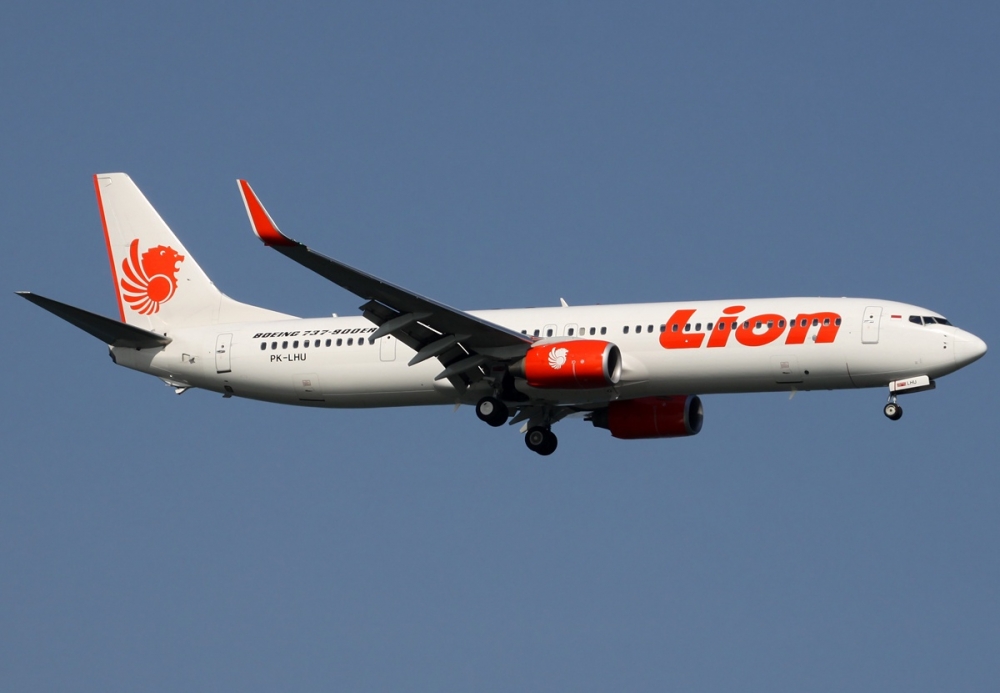Boeing to issue warning on 737 MAX aircraft after Lion Air crash
07 November, 2018
2 min read
By joining our newsletter, you agree to our Privacy Policy


Boeing is reported to be close to issuing a service bulletin to 737 MAX operators relating to the jet's angle of attack sensor after the Lion Air crash that claimed 189.
The sensor can produce erroneous indications causing the 737 MAX to enter and aggressive dive according to the website The Air Current, which cited a senior industry official familiar with the action.
The problem can only occur when the plane is being flown manually and can pitch the plane down for up to 10 seconds at a time.
The Air Current says that Boeing is expected to warn pilots to use the electric stabilizer trim to reverse the downward stabilizer trim.
The repeated uncommanded nose down action can be stopped by deactivating the stabilizer trim system.
It is expected that the service bulletin will be followed by a Federal Aviation Authority airworthiness directive.
SEE another brilliant safety video from Air New Zealand
The news of the service bulletin brings another dimension to the Lion Air tragedy that claimed the lives of 189 passengers and crew on Monday, October 29.
Lion has confirmed that the technical faults recorded on the previous flight to the fatal flight from Denpasar to Jakarta were attended to and rectified before the fatal flight.
The focus has been on the Lion Air 737's speed and altitude sensors made up of the Pitot Tube and Static Port which compare air pressure to give flight data such as airspeed, altitude, and altitude trend and is connected to the pilot’s instruments and the plane’s computers the autopilot.
Investigators have also revealed that the Lion Air 737 was intact when it hit the water with the engines running at high speed.
“The Lion Air aircraft hit the water at high speed and it didn’t break apart mid-air,” said Tjahjono. “The engines were still running at high RPM.”
The search has been extended and will almost certainly be extended again until the CVR is found.
Get the latest news and updates straight to your inbox
No spam, no hassle, no fuss, just airline news direct to you.
By joining our newsletter, you agree to our Privacy Policy
Find us on social media
Comments
No comments yet, be the first to write one.


